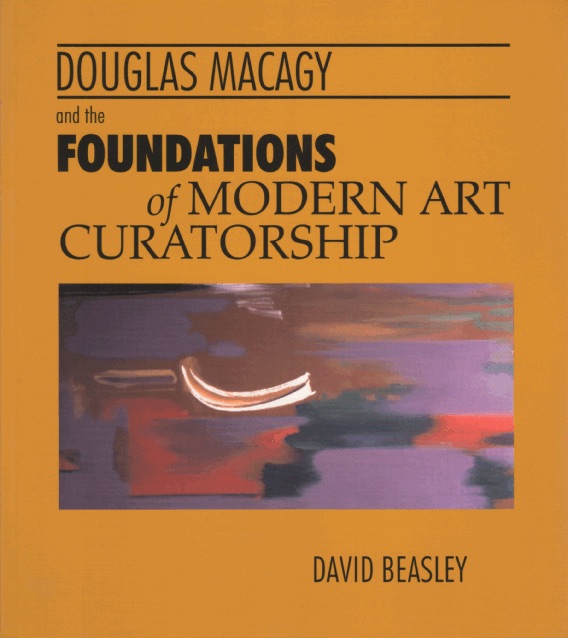
Canadian born, MacAgy was international in his influence. From a privileged student at the Barnes Foundation through innovative years at the San Francisco Museum of Art, as Director at the California School of Fine Arts from 1945-50, when he was the catalyst for the advent of American abstraction, as curator at MOMA, as the spirit behind the modern art movement in Dallas, as the introducer and interpreter of European and Russian art to America, as the head of the National Endowment for the Arts, and as the installer of the Hirshhorn Museum and Sculpture Garden, MacAgy taught the public and helped to shape our culture. MacAgy changed museums from mausoleums to happenings. He was on the cutting edge of modern art movements from American abstract expressionism to conceptualism and fought as an independent educator against the forces using art for political ends. His friends were the great artists of his day, including those as diverse as Clyfford Still and Marcel Duchamp. Only his first wife Jermayne rivaled him as an installer of art. "Douglas MacAgy will be remembered as someone bigger than the institution he so often invigorated. For he was one of those whose sensibilities were more for the artist than for the director."-R. Grove, 1973. "MacAgy has a place in history,"- George Rickey. "I consider him to be one of the great moving influences in art during the 20th century."- Elizabeth Blake, 1989. This book is awarded each year in San Francisco to the winner of the Douglas MacAgy Award for the greatest contribution to the arts.
Genre: BIOGRAPHY & AUTOBIOGRAPHY / Artists, Architects, PhotographersSpecial sales
The show in Dallas bringing MacAgy the most acclaim was "The Art That Broke the Looking Glass," November-December 1961. "It was easily the most brilliant and imaginative ever mountedi in this part of the world," wrote an admirer.124 The idea for it had been germinating in MacAgy since the Trompe d Oeil exhibition at the California Palace of the Legion of Honor in the forties. It represented the change in the viewer's conception of art from the Renaissance to the present and traced two simultaneous histories of thought and action in relation to art: a) the elusive transformation of art in the mind of the artist, and b) the reaction in society to works of art. MacAgy's show demonstrated the tension between the historical periods of high class patronage in Renaissance art and the low circle patronage of the late nineteenth century art when the artist’s view accorded with the wishful imagery of his patrons. This tension between these histories created a third: namely, the evolution and devolution of the pictorial object, which was the. subject of MacAgy's present exhibit. It was the art of make-believe where, MacAgy explained, "the history of recognition in representational art is the story of a submission to illusion which ranged somewhere between the voluntary and the involuntary "
.
| Language | Status |
|---|---|
|
Portuguese
|
Translation in progress.
Translated by Letícia Rezende Ribeiro
|